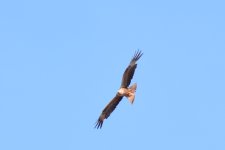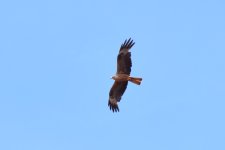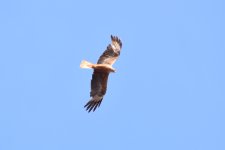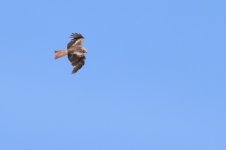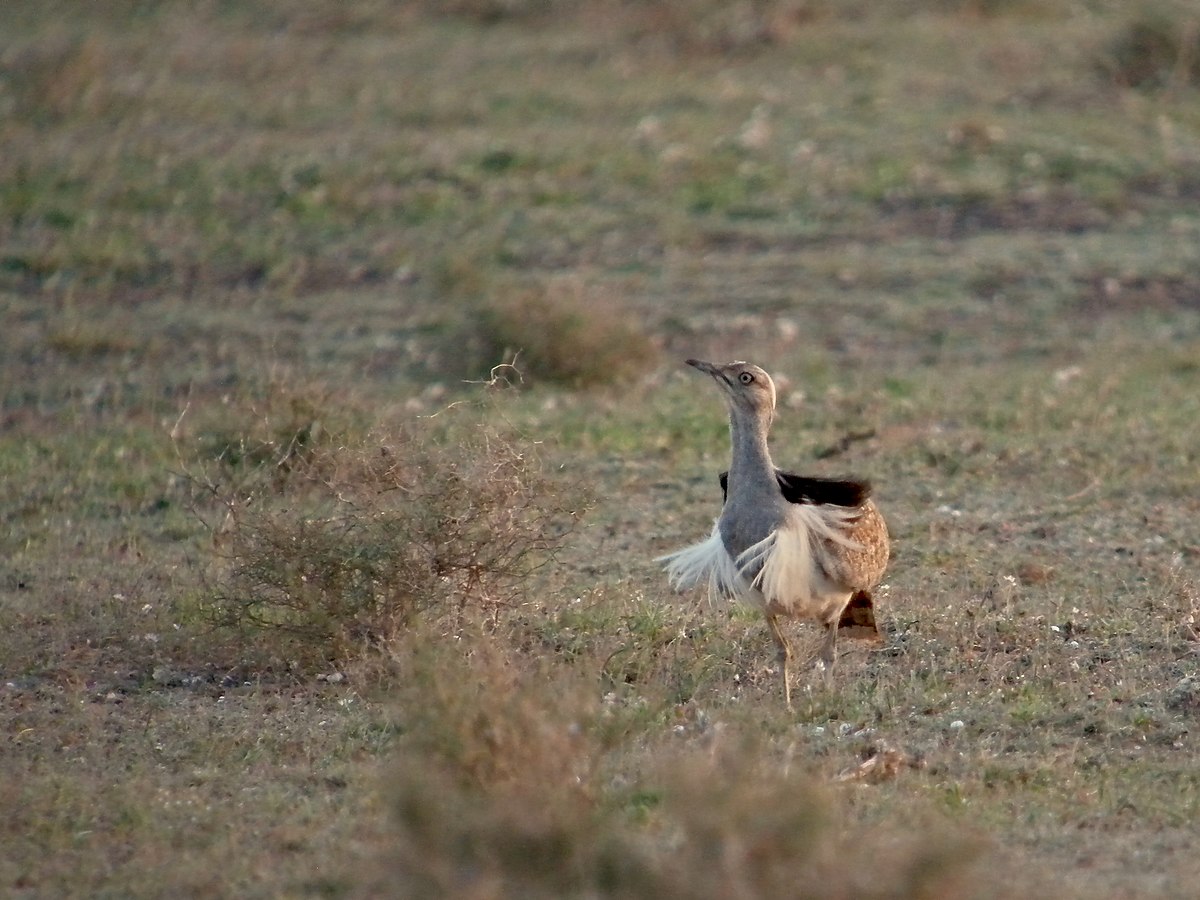christoph.randler
Member
Dear community,
during our holiday trip, we had this kite (red kite) on Boavista at the Lacacao sewage pond near Hotel Touareg (13.8.2023). It looks more like a red kite, but taxonomic situation seems unlcear (hybridization?)... is it probably just a migrant from Europe or a resident CV bird? It was seen together with a pale-morph Booted Eagle.
during our holiday trip, we had this kite (red kite) on Boavista at the Lacacao sewage pond near Hotel Touareg (13.8.2023). It looks more like a red kite, but taxonomic situation seems unlcear (hybridization?)... is it probably just a migrant from Europe or a resident CV bird? It was seen together with a pale-morph Booted Eagle.




